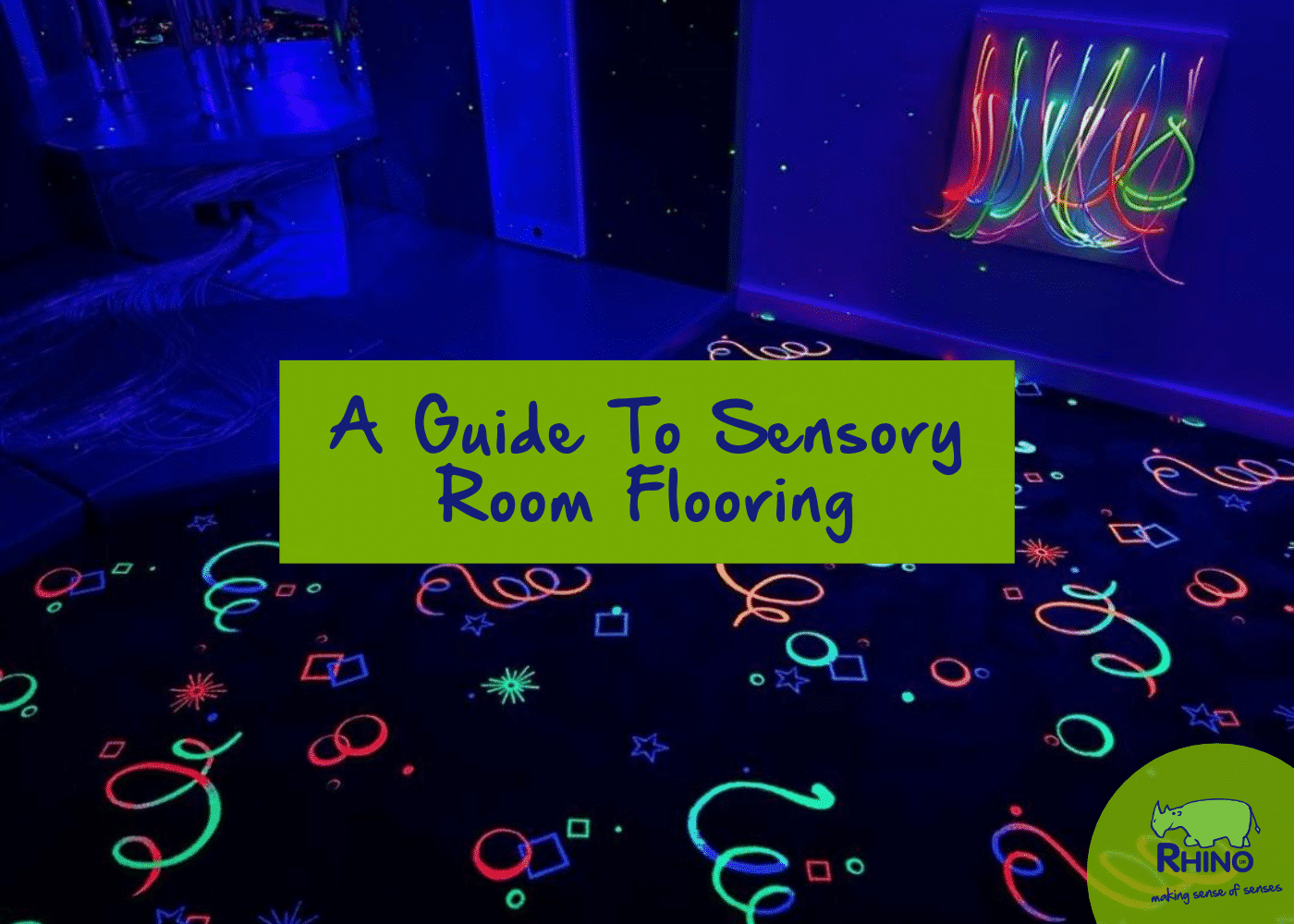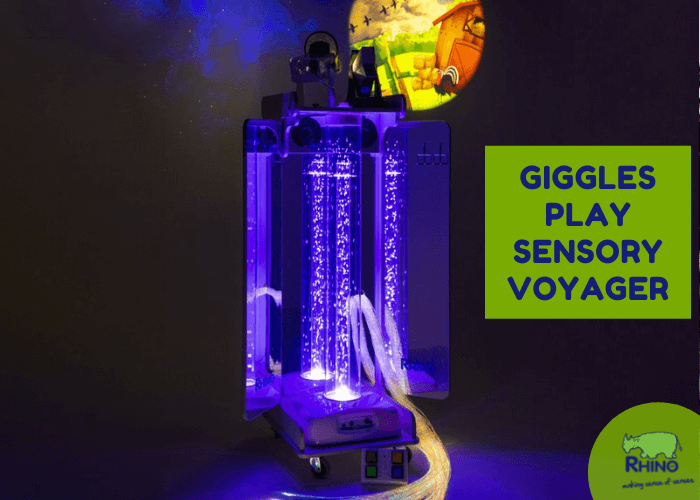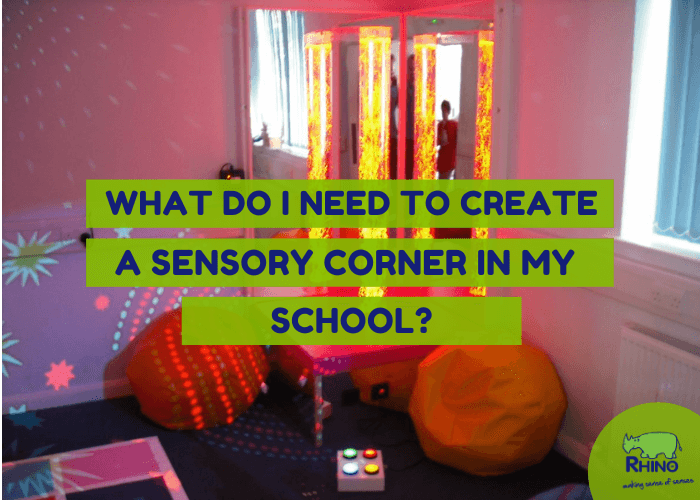A Guide To Sensory Room Flooring
When it comes to designing a sensory room, thinking about what’s on the floor will probably not be at the top of your priority list. But our sensory experts are here to tell you that it should be.
Carry on reading to learn more about different sensory room flooring options, why choosing the right flooring matters and our top sensory floor resources.
Base Flooring
Every sensory room needs base flooring. Base flooring sets the scene for your sensory space, like a blank canvas for your design. Because of this, it’s best for base flooring to be plain and practical. We’d recommend using vinyl or carpeted flooring.
Vinyl flooring is great for messy and active sensory rooms. It’s easy to clean and doesn’t absorb water, mess or smells. It also creates space for interactive projection and is more accessible for wheelchair users.
Benefits: Easier to clean, better for infection control environments.
Carpet is better suited for calming and quiet sensory spaces. Its soft tactile texture is easier on hands and feet – reducing the impacts of falls or trips. It’s warmer, too, adding a cosier atmosphere to a space.
Benefits: Adds a softer, cosier layer to a room.
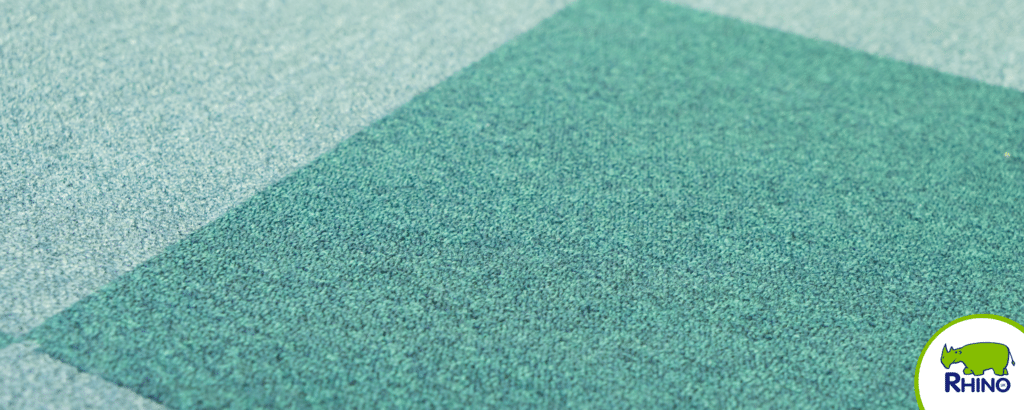
Why Can’t I Use Safety Padding As A Base Layer?
We’d consider padding a sensory layer as it works best when it sits flush against vinyl or carpet, helping it stay safely in place.
For a classic sensory room, we wouldn’t recommend a completely padded floor. Padding works best when it’s placed in a focused play/calming area in a room, i.e., around the base of a bubble tube podium, so users have a cosy spot to sit and are protected from bumps/bruises while they play.
Using a mixture of textures on your floor is a great way to divide a sensory room. For example, using a carpeted/vinyl flooring area near the door encourages users to remove their shoes and keep play away from a potentially dangerous area.
Although, if you’re looking to create a safe de-escalation space, we recommend a fully padded floor.
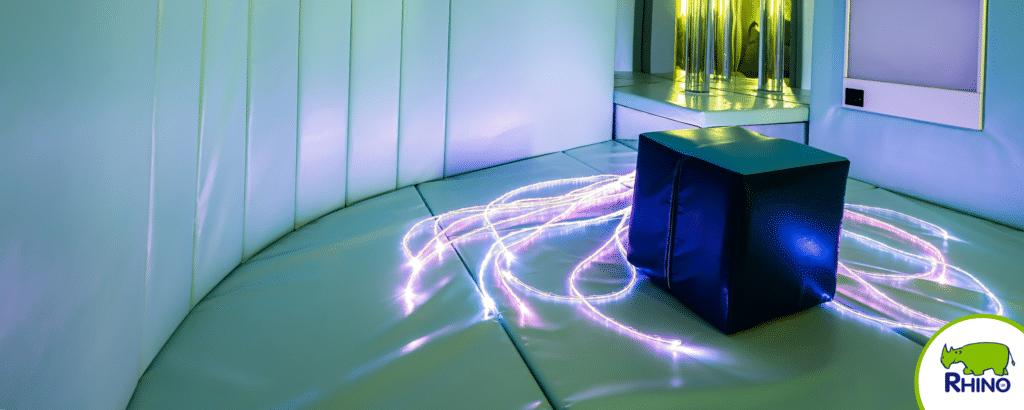
Top Sensory Layers & Sensory Floor Resources
Now for the fun part – turning an ordinary floor into something extraordinary! Here are our top sensory flooring elements. Which one is your favourite?
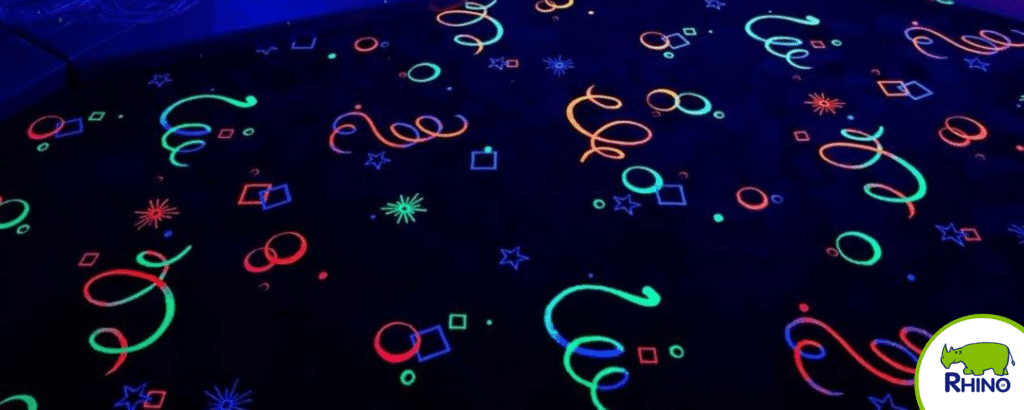
UV Carpet
Looking for a relaxing retro look? Our funky UV Carpet adds a stimulating glow to sensory areas. Transforming floors into visually stimulating areas for play and relaxation. They’re ideal for playful sensory rooms, calming sensory rooms (where users can passively explore the visual stimulation) and social spaces.
Benefits: Visual stimulation, great at covering large surfaces, easy to clean.
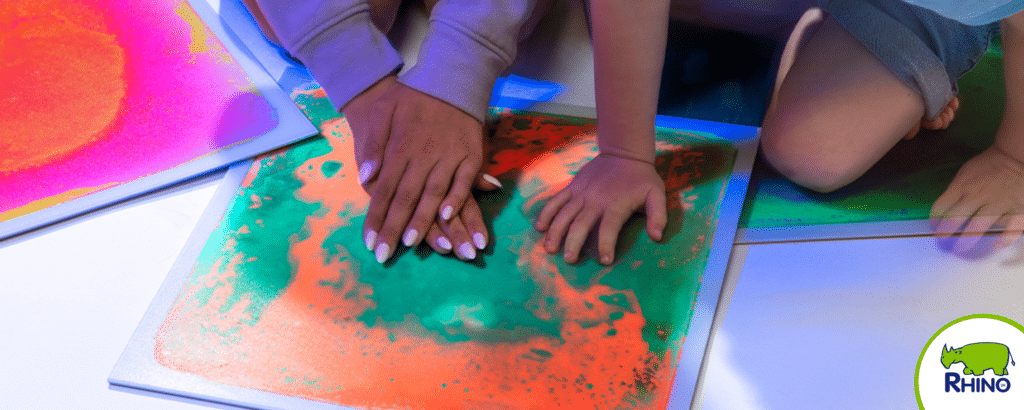
Liquid Floor Tiles
Filled with luscious liquid, glittery goo, or out-of-this-world UV slime – our liquid floor tiles provide a perfectly squishy interactive surface to encourage visual, tactile and motor stimulation. Specially designed for active sensory play, liquid floor tiles are wheelchair friendly and ideal for accessible sensory rooms.
Benefits: Wheelchair friendly, interactive, available in different colours and styles.
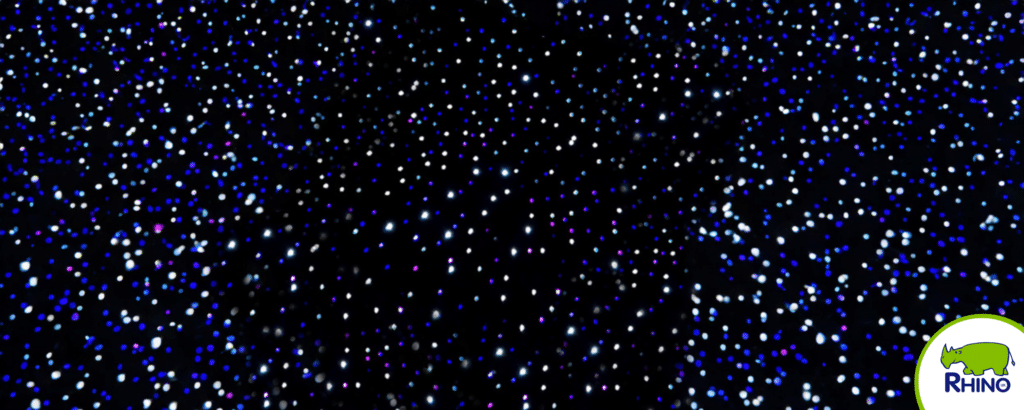
Touch Sensitive LED Carpet
Our magical Touch Sensitive LED Carpet is a multi-sensory treat. Feel the soft tactile material on your fingertips and watch the twinkling LED lights glimmer. The sensory carpet is a great place for users to lay back, explore their senses and relax.
Benefits: Interactive, calming, soft.
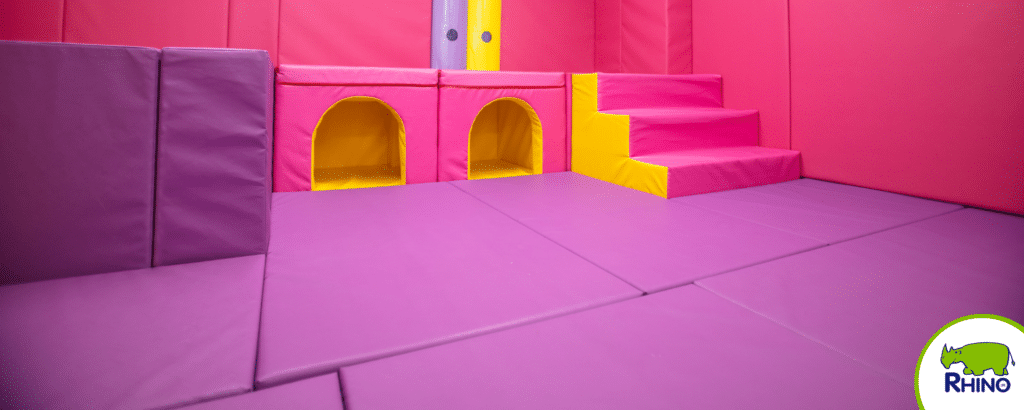
Floor Padding
You can make any space safe with our bespoke, made-to-measure safety floor padding. Available in a range of colours, thicknesses and sizes, you’ll easily be able to remove the worry of nasty bumps and bruises, creating a safe environment for users to release energy and explore their senses.
Benefits: Made to measure, safety-focused, easy to clean.
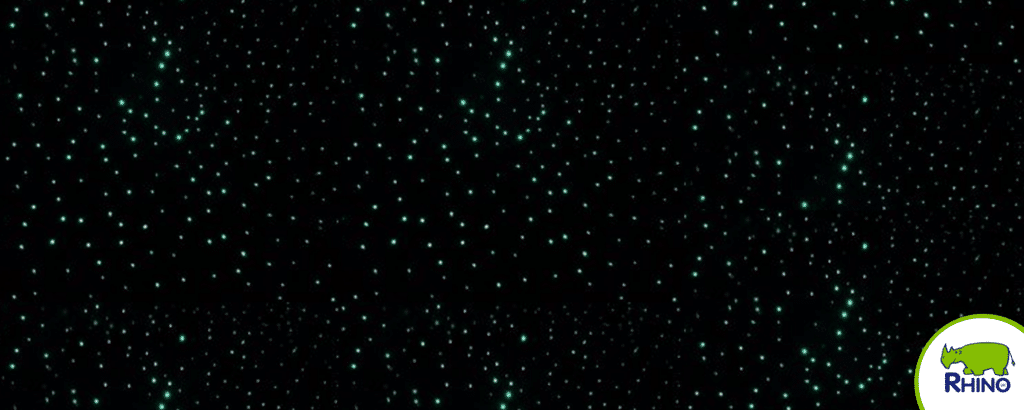
Fibre Optic Carpet
Create a twinkling galaxy of stars at your very feet. Our soft-to-the-touch, velvety Fibre Optic Carpet is embroidered with hundreds of fibre optic lights that sparkle and shine, creating a beautifully stimulating visual effect. Note: We’d only recommend Fibre Optic Carpet in small sections as it isn’t as robust as some of our other carpets and can wear easily. Because of this, we’d actually suggest you use Fibre Optic Carpets to decorate walls! Get in touch for more information.
Benefits: Accessible for wheelchair users, easy to wipe/vacuum clean, available in a range of sizes.
Hopefully, you now have a better idea of what flooring you should use in your sensory room. Ultimately, the right flooring can transform your sensory area into a cosy and welcoming space for everyone to explore their senses and thrive.
Our expert sensory team are always on hand to help you plan and design sensory rooms – get in touch for more information.
